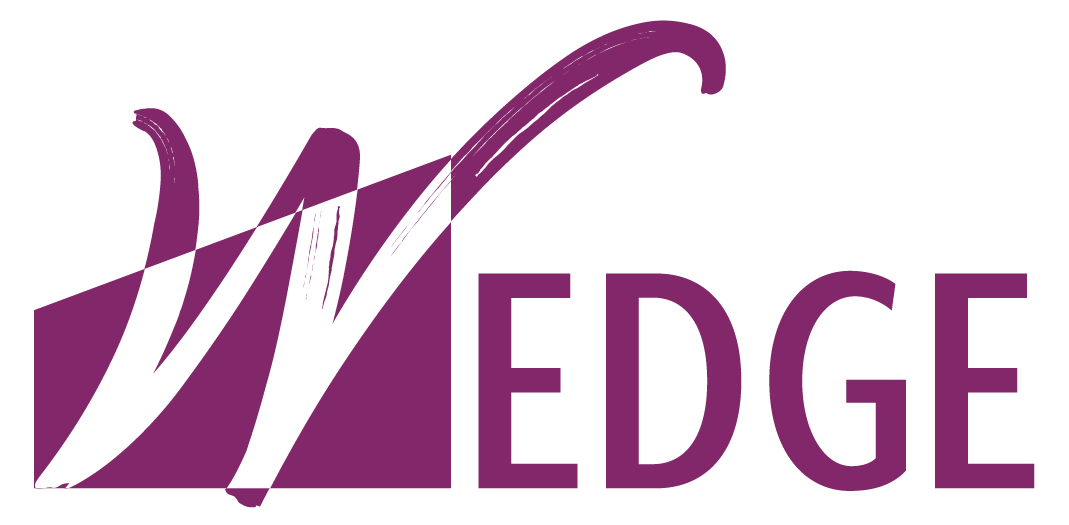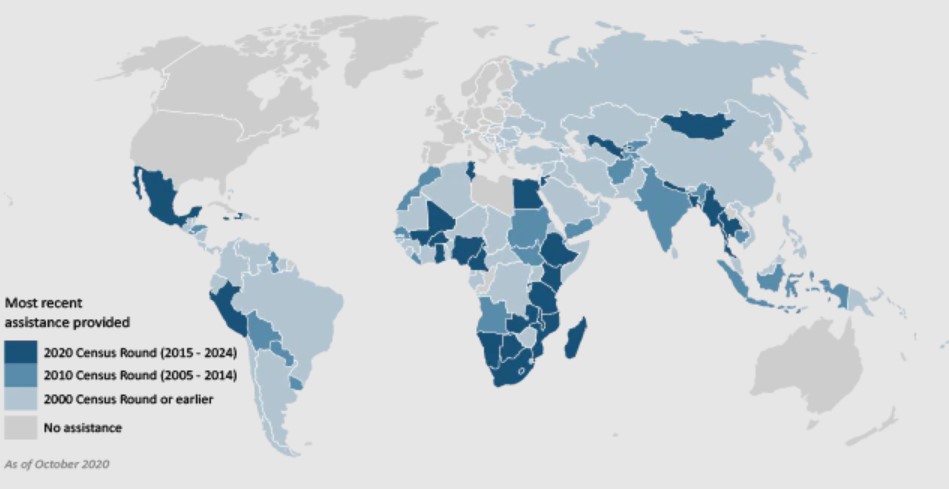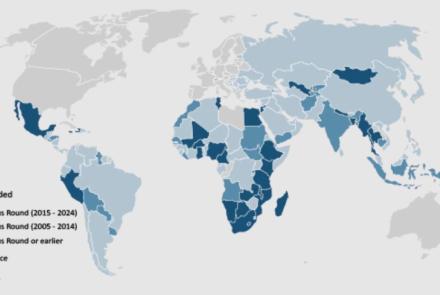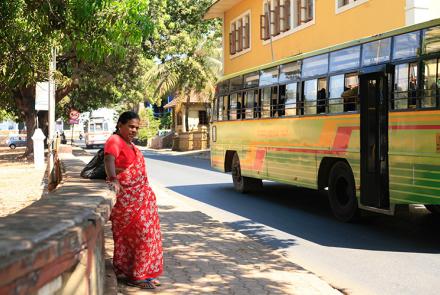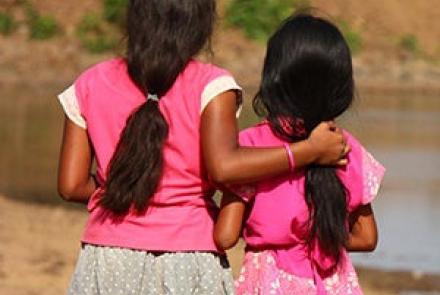WEDGE Profile: Technical Assistance and Capacity Building Branch, International Programs Center
WEDGE Profile:
Technical Assistance and Capacity Building Branch, International Programs Center,
Population Division, U.S. Census Bureau
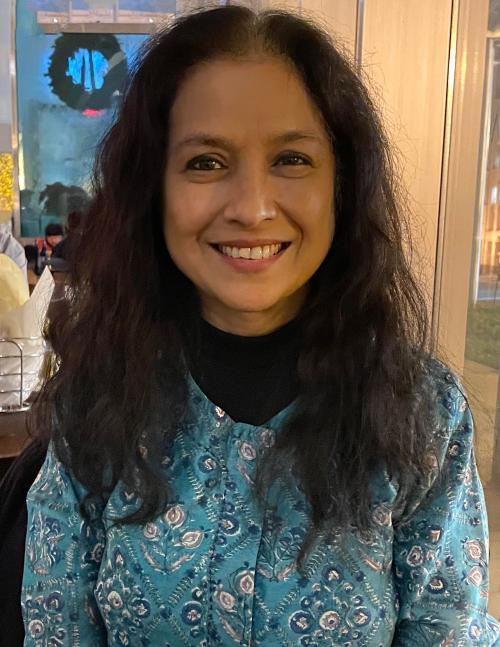
Recently, the US Census Bureau released this video highlighting the work of the Technical Assistance and Capacity Building Bank of the International Programs Center in their Population Division. We spoke with the Chief of that Branch, Dr. Mitali Sen, to explore the link between their work and measuring women’s empowerment in low and middle income countries (LMICs). Mitali Sen works in the International Programs Center of the U.S. Census Bureau as the Chief of the Technical Assistance and Capacity Building Branch. Over the past 10 years, she and her team have provided census and survey technical assistance to over 25 countries across Asia, Africa, Middle East and the Caucuses. From holding workshops to train senior management on planning and management and data quality issues to training programmers and subject matter specialists in mapping, questionnaire design, data processing, analysis and dissemination, her team builds the statistical capacity of national statistical offices in LMICs, primarily sponsored by USAID.
1. Tell me about the mission of your branch and how it relates to increasing the quality of data available to researchers, policy makers and governments around the world.
The mission of my Branch is to build the statistical capacity of low and middle income countries to collect, produce and disseminate high quality data and statistics. Data is central to economic development, education, health, climate change and the general well-being of people in the world. In an interconnected world, what happens in one country can quickly impact other parts of the globe as we have seen recently with the COVID-19 pandemic. So it is important that high quality data is accessible for policy makers to make sound evidence-based decisions for their country. Therefore, most of our work is sponsored by the U.S. Agency for International Development (USAID). USAID helps many countries with issues related to population and reproductive health, education, economic growth, and food security.
Statistics are central to targeting and monitoring the effectiveness of their in-country programs and thus there is an interest in building the statistical capacity of these countries sustainably. We fulfill our mission by providing training to national statistics offices on a complete range of operational knowledge and skills like managing surveys and censuses, questionnaire content and testing, sampling, field operations, data capture and collection, edits and processing, as well as analysis and dissemination. Since we work with them on surveys and censuses, the training we provide is always project-based which makes it both practical and sustainable. We are currently working with over 15 countries across Asia, Africa and Central America. We also build a host of tools and products that are free to use for the global statistical community - like TASC, STICs, CSPro, DAPPS, OSDS, etc.*
2. As you know, WEDGE focuses on women's empowerment, what are the links you see between your mission to help countries collect good data and work on gender?
When we build the capacity of these countries, we not only take the expertise of the U.S. Census Bureau and USAID priorities into account, but we also partner with standard setting organizations like the U.N. Statistics Division. Not only is Gender Equality enshrined in the UN Sustainable Development Goal (SDG) 5, it is an important dimension of all the other goals like zero poverty and hunger, health, education, water and sanitation, etc. Gender equality is also a priority for USAID and the countries we work in. So the link between our work and gender empowerment is through the production of statistics in various spheres that can then be used to build various indices of gender empowerment or monitor programs that promote gender equality.
Simple population statistics inform where schools or clinics should be located in a country. But beyond that, when we help with questionnaire content, we provide guidance on international standards to countries on including or phrasing questions to capture women's work or time use. Moreover, when we help with field operations, we train our counterparts on being gender sensitive and inclusive so that women are recruited as interviewers and logistical access to toilets, safety and security measures are considered.
We also help build capacity to produce gender statistics focused on education, work, reproductive health, fertility, infant and child mortality, migration. Our workshops on gender statistics also explore how adverse situations like climate change, or conflict have differential impacts on females vs. males (both children and adults), apart from dimensions like gender violence.
Without high quality data, it is impossible to measure gender empowerment. Our work both directly and indirectly links to gender empowerment.
3. I am sure the recent pandemic has affected and will continue to affect your branch's work. Would you describe a little how you see COVID-19 affecting the collection of good data particularly around women's experiences and how they may vary according to intersecting dimensions of identity?
The international statistical community is very concerned about missing data on the impact that the pandemic has had on women and other marginal communities because of the shutdowns in countries. Data collection through surveys and censuses in most low and middle income countries were delayed. We have been involved in discussions with UN Statistics Division and UN Population Fund on best ways to capture excess mortality, including maternal and child in the census, as the standard 12 month period on these questions will miss the real impact over the last two years. Similarly, without surveys being fielded, fertility rates in these countries remain unknown. Migration rates also rose as people lost jobs and moved from urban back to rural areas.
These are very important indicators for gender empowerment - as well as for monitoring programs to address concerns about women's health and economic status. Many programs to help women were paused for long periods. We are still trying to understand the best ways to measure the impact. Even countries that did their censuses and surveys during the pandemic are now dealing with data quality issues as the collection was fraught with challenges on the ground.
*Census Tools:
TASC - https://www.census.gov/data/
CSPro - https://www.census.gov/data/
DAPPS - https://www.census.gov/data/
OSDS- https://www.census.gov/data/
Map: Census 2020.
- Log in to post comments
